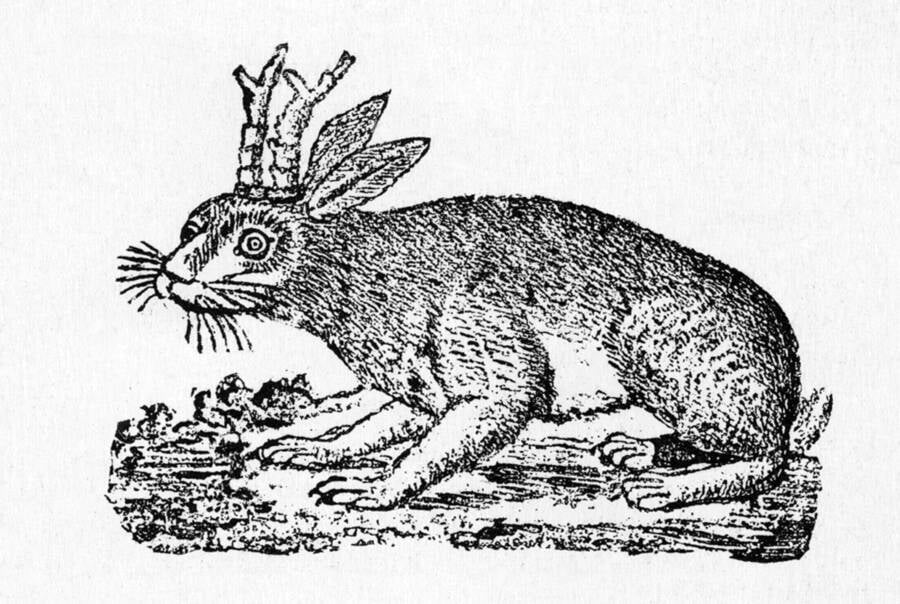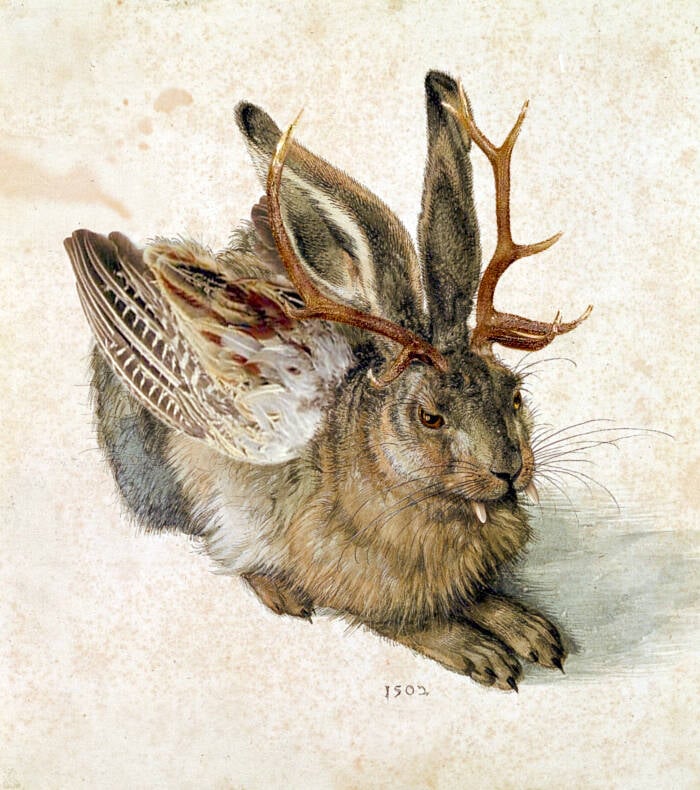You've heard about Sasquatch and the Loch Ness Monster, but they're far from the only cryptids with bone-chilling backstories.
Cryptids are legendary creatures rumored to exist around the world — without any verifiable proof. Though some people dismiss cryptids as mere folktales, others are convinced they truly live among us.
Perhaps the most well-known examples of cryptids are Bigfoot and the Loch Ness Monster. For decades, believers have tried to prove the existence of these creatures. One of the most controversial examples of Bigfoot “evidence” was the Patterson-Gimlin film, which allegedly recorded the legendary animal in 1967. Then, there was a photo that supposedly captured the Loch Ness Monster in 1934 and published by the Daily Mail.
As it turned out, the picture of “Nessie” was later proven to be a hoax, and the footage of “Sasquatch” remains heavily scrutinized to this day (though never fully debunked). Still, these images became international sensations and sparked countless hunts for the creatures — which continue today.
But even though the Loch Ness Monster and Bigfoot are two of the most famous cryptids in the world, they are far from the only ones. Below, you’ll find a list of 11 other fascinating — and creepy — cryptids from history.
The Wolpertinger: One Of The Most Famous Cryptids Of Germany

Wikimedia CommonsThe wolpertinger is a German cryptid said to reside in the alpine forests of Bavaria and Baden-Württemberg.
Whether you know it as the wolpertinger, the wolperdinger, the woipertinger, or the volpertinger — yes, there are quite a few variations of its name — this cryptid is unquestionably bizarre. Originating in German folklore, the wolpertinger supposedly has the body of a hare, the antlers of a deer, and the wings, feet, or beak of a bird, depending on the story.
Locals in the alpine regions of Bavaria used to spin tales of the wolpertinger to travelers passing through the region in the early 19th century. According to these legends, the first wolpertinger was born as the result of a hare and a roebuck mating, but as more and more wolpertingers were born, they began to mate among themselves. Over time, these creatures came to take on the characteristics of several different woodland animals.
While wolpertingers are said to only feast on herbs, roots, and insects, travelers were warned to avoid them as they exuded a foul, skunk-like odor that could linger on people for seven years after exposure, and anyone unfortunate enough to come into contact with the wolpertinger’s saliva would soon begin to grow patches of thick hair all over their body.

Wikimedia CommonsMany taverns and inns in Bavaria and Baden-Württemberg display stuffed “wolpertingers” for guests to marvel at.
Unlike some of the other cryptids on this list, however, it’s been essentially confirmed that the wolpertinger is a hoax. The alpine forests of southern Germany provided the perfect backdrop for fanciful stories, and local taxidermists capitalized on this by stitching together pieces of different forest animals and putting them on display, weaving tales for visitors and telling them to be on the lookout for the wolpertinger as they traveled.
Of course, this type of trickery is not limited to Germany. In the United States, entrepreneurs realized the value in displaying odd taxidermied animal combinations when there was a good tale to accompany it. Thus, the jackalope was created in Wyoming — another mythical rabbit with antlers put on display to lure travelers into stopping by for a drink and a story.
Funnily enough, there are so-called “horned rabbits” in the wild, but they are far from mystical. Rather, these rabbits are simply suffering from Shope papilloma virus, also known as cottontail rabbit papillomavirus, which causes large horn-like growths to appear on or near rabbits’ heads.





